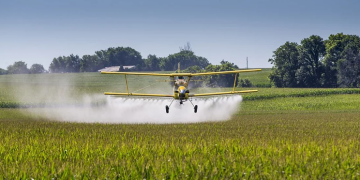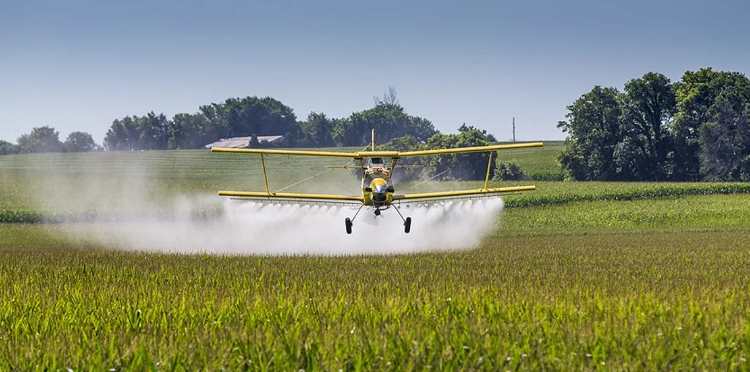#Nanotechnology #Agriculture #Pesticides #Sustainability #EnvironmentalImpact #CropProtection #Innovation #RiskAssessment #RegulatoryFrameworks
In recent years, nanotechnology has made significant strides in various industries, offering revolutionary solutions to age-old problems. In agriculture, one of the most promising applications of nanotechnology lies in the development of nano-enabled pesticides. These nano-sized particles hold the potential to revolutionize crop protection by offering enhanced efficacy and reduced environmental impact. However, this technological advancement is not without its challenges and controversies.
Nano-enabled pesticides have the capability to reduce the volume of traditional pesticides required for crop protection. This reduction in pesticide use can mitigate environmental contamination, safeguarding ecosystems and human health. Furthermore, nano-formulations can enhance the targeted delivery of active ingredients to pests, increasing their efficiency and reducing off-target effects.
Despite these potential benefits, the widespread adoption of nano-enabled pesticides raises significant concerns regarding their environmental and health implications. One of the primary concerns is the increased uptake and extended durability of nanomaterials, which can lead to unintended consequences for non-target organisms. Aquatic life and pollinators, crucial components of ecosystems, may face heightened risks due to the indiscriminate nature of nano-enabled pesticides.
Moreover, the unpredictable behavior of nanomaterials in the environment poses challenges for monitoring and risk assessment. Traditional methods may be insufficient to assess the long-term impacts of nano-enabled pesticides on soil health, water quality, and biodiversity. This uncertainty underscores the need for robust regulatory frameworks and comprehensive risk assessments to ensure the safe integration of nanotechnology into agriculture.
The incorporation of nanotechnology into agriculture holds immense promise for revolutionizing crop protection and promoting sustainability. However, this promise must be tempered with careful consideration of the potential risks and unintended consequences. By addressing these challenges through collaborative research, stringent regulation, and stakeholder engagement, we can harness the full potential of nanotechnology while safeguarding the environment and human health.
































